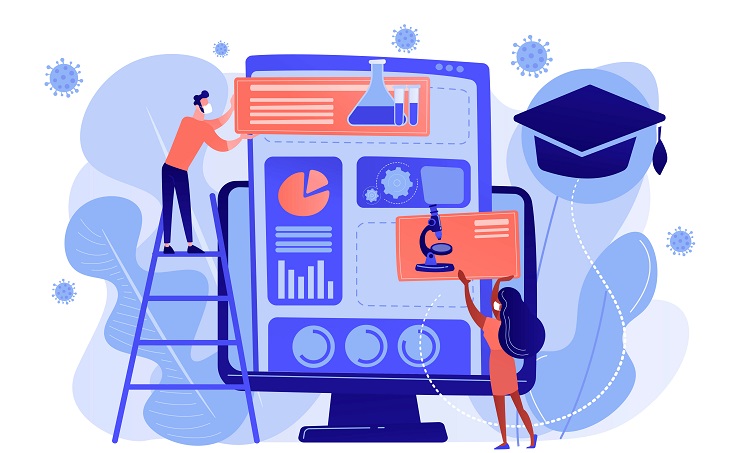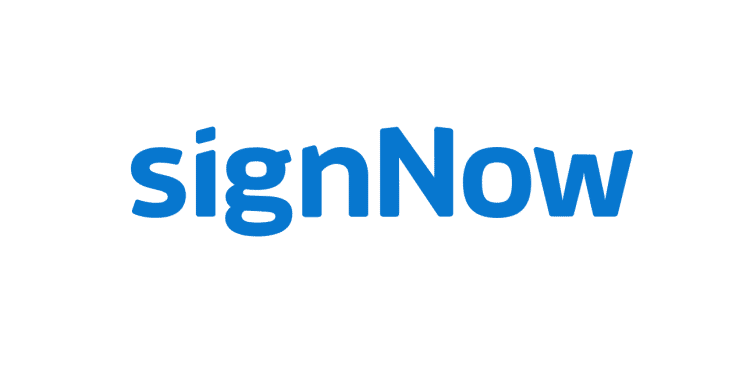Effective promotion drives visibility, attracts customers, and fuels long-term growth for small businesses.
Success rarely comes through a single tactic but rather through the combination of multiple, well-executed strategies that work together.
Every method listed here adapts to different industries and business sizes, helping owners create sustainable marketing systems that evolve as their brand grows.
Let us talk about effective promotion strategies that can work with small businesses.
1. Build and Optimize a High-Performance Website

A website acts as the digital storefront of a business, shaping customer perceptions instantly.
Strong online presence begins with responsive design and rapid loading speeds across devices. Mobile-friendliness improves conversions and helps secure higher rankings on search engines.
Search optimization plays a vital role in attracting visitors.
Local SEO with geo-targeted keywords, schema markup, and structured metadata enhances discoverability for nearby audiences.
Clear navigation, concise text, and persuasive calls to action guide users to complete purchases or inquiries.
Regular updates and security enhancements protect credibility and maintain customer confidence.
When optimizing your website, focus on these essentials:
- Fast loading speed and mobile responsiveness
- Clear site structure with intuitive navigation
- Strong CTAs that drive conversions
- Local SEO using keywords and schema markup
Content marketing thrives on authenticity and usefulness. Businesses succeed when they focus on producing materials that genuinely answer customer questions instead of pushing products. Blog posts, detailed guides, and FAQs aligned with real search intent help solve customer problems while boosting visibility. User-generated content builds trust and credibility. Encouraging reviews, testimonials, or customer stories brings authenticity that traditional marketing often lacks. Structured data integration helps content appear in featured snippets, increasing exposure. Structured data integration helps content appear in featured snippets, increasing exposure. Learn more about how specialized marketing can enhance financial content at www.creativesoncall.com/financial-marketing-services Effective content strategies should include: Social media connects brands directly with their audiences, creating communities through interaction. Platform selection should align with audience habits; Instagram and TikTok suit visual content, while LinkedIn benefits professional services. Posting consistently and engaging with followers through replies and direct messages establishes trust. Collaborations with micro-influencers and short-form video campaigns extend visibility to new audiences. Features like Stories, Reels, or live sessions help brands display personality and approachability. Tracking performance through analytics ensures ongoing improvement. Businesses that monitor engagement metrics refine their strategies faster and maintain consistency across platforms. For effective social media presence, prioritize: Email remains a direct and cost-effective marketing channel. Segmentation enables personalized messaging tailored to specific audience preferences, leading to higher engagement rates. Lead magnets such as free resources, checklists, or discounts help grow subscriber lists naturally. Automated workflows ensure consistent communication through welcome sequences, follow-ups, and retention campaigns. Testing subject lines, visuals, and sending times reveals what resonates best with audiences. Data-driven insights transform email outreach into a sustainable growth engine that nurtures long-term relationships. Important elements for successful email marketing: Paid advertising generates fast exposure but demands precision. Platforms such as Google Ads and Meta Ads allow businesses to reach audiences already interested in their products. Success begins with clear campaign goals, such as awareness, lead generation, or conversions. Tracking performance ensures budgets are spent efficiently. Heatmaps, A/B tests, and analytics dashboards identify which ads perform best, while continuous testing refines targeting and creative content. Essential paid advertising practices include: Collaboration accelerates growth for small businesses. Partnering with brands offering complementary services brings access to new audiences without competition. Examples include co-branded promotions, bundled packages, or referral partnerships that reward customer sharing. Participating in local events and sponsorships increases brand exposure and fosters credibility. Cross-promoting on partner channels introduces the business to new networks organically. Strong partnerships often rely on: Customer experience defines long-term success. Businesses that emphasize prompt responses, transparent communication, and thoughtful service gain loyal supporters. Gathering feedback helps identify opportunities for improvement while showing that customer opinions are valued. Community involvement adds another layer of credibility. Sponsoring local events, participating in fundraisers, or supporting neighborhood projects builds genuine connections. Recognizing customer milestones, like birthdays or loyalty anniversaries, creates memorable experiences that inspire repeat engagement. To enhance experience and community trust: Video captures attention instantly and conveys emotion effectively. Tutorials, product demonstrations, and behind-the-scenes clips showcase a brand’s expertise and authenticity. Educational videos clarify how products solve problems while establishing authority. Live streams and shoppable videos encourage real-time engagement. Keeping videos concise and relevant increases completion rates and shareability. Optimizing titles, thumbnails, and captions improves discoverability on search platforms. Recommended video content types include: Modern technology transforms how businesses market themselves. AI streamlines personalization, automates repetitive processes, and predicts consumer trends through data analysis. Chatbots improve response times and enhance customer service efficiency. Voice search continues to grow, requiring conversational phrasing and natural keywords to align with user behavior. Predictive analytics supports smarter campaign planning by anticipating audience interests. Automation tools simplify workflows like scheduling, reporting, and follow-up communication, saving time while maintaining consistency. Essential tools and techniques to integrate include: Marketing effectiveness depends on consistent evaluation. Analytics provide insight into bounce rates, acquisition costs, and engagement levels. Regular reviews identify which tactics succeed and which need refinement. Adopting an experimental mindset helps maintain growth. Adjusting campaigns based on performance data ensures agility and continuous improvement. Visual dashboards allow easy tracking of progress, keeping teams aligned with objectives. For ongoing improvement, businesses should: Growth thrives on consistency, creativity, and adaptability. No single promotion method guarantees success, but combining several creates a powerful, sustainable marketing engine. Starting small, measuring results, and scaling proven tactics ensures continuous improvement. Successful businesses evolve their strategies as markets and audiences change, turning promotion into a long-term strength rather than a short-term tactic.2. Leverage Content Marketing with Real Intent

3. Tap into the Power of Social Media

4. Implement Smart Email Marketing and Automation
5. Run Targeted Paid Ads (But Track Everything)
6. Partner with Complementary Businesses
7. Prioritize Customer Experience and Community Involvement

8. Use Video to Educate, Engage, and Convert
9. Embrace New Tech: AI, Automation, and Voice Search
10. Monitor, Measure, and Adjust Continuously

The Bottom Line



